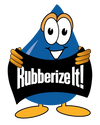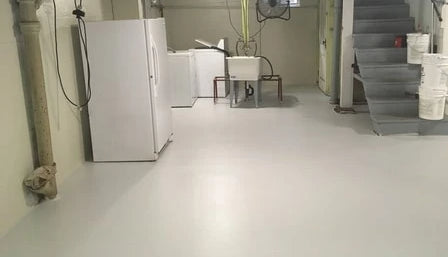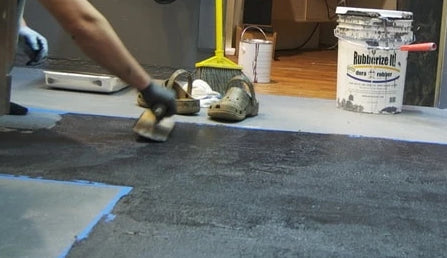Rubberizeit Applications
Rubberizeit Liquid Rubber Coating is the perfect product for many indoor and outdoor applications. From residential, commercial, and even DIY projects our liquid rubber coating is easy to use and creates a professional looking finish.
VIEW OUR PRODUCTSGreat for Multiple Applications
Rubberizeit Liquid Rubber Coating is great for professional projects, as well as homeowners and DIY projects. Custom color options are avalable to help give your project the perfect look.



Our Customers






Featured Projects & Testimonials
Wondering What Applications Work Well with Our Product?
If you have any questions about our products, or application options please do not hesitate to contact us. Our friendly and knowledgeable customer service team is available to assist you with any inquiries you may have.
JOIN OUR NEWSLETTER
Join our newslette to get updates about our company, products, sales, and discounts.
























